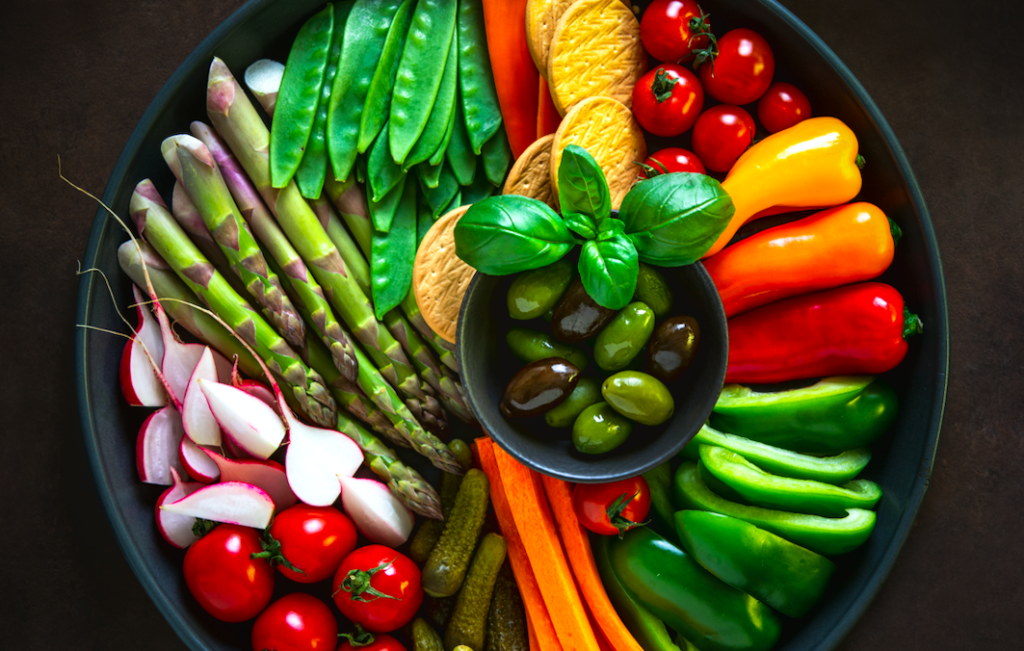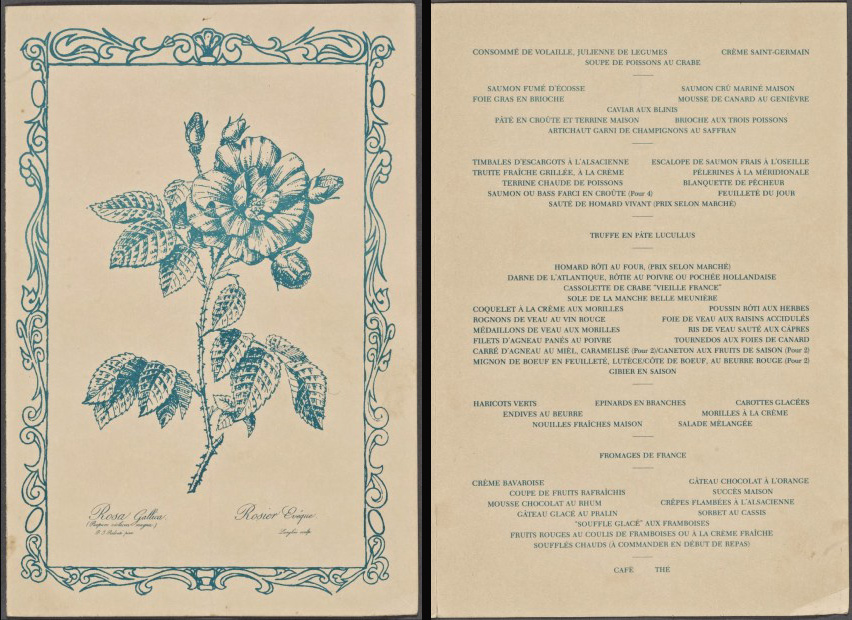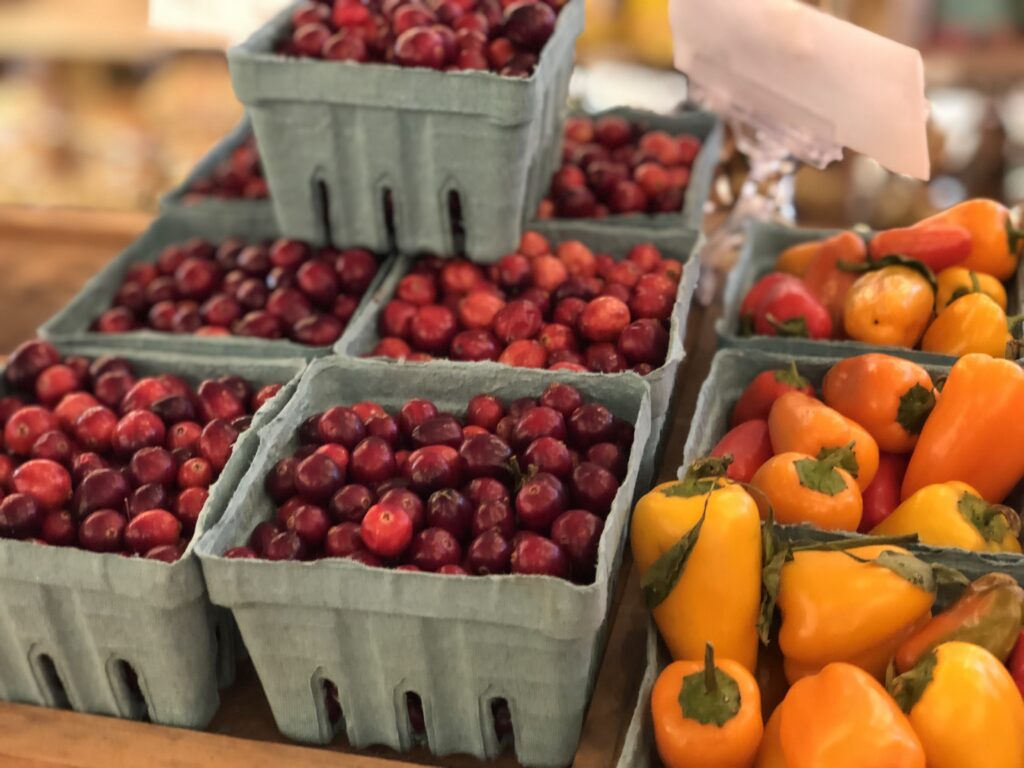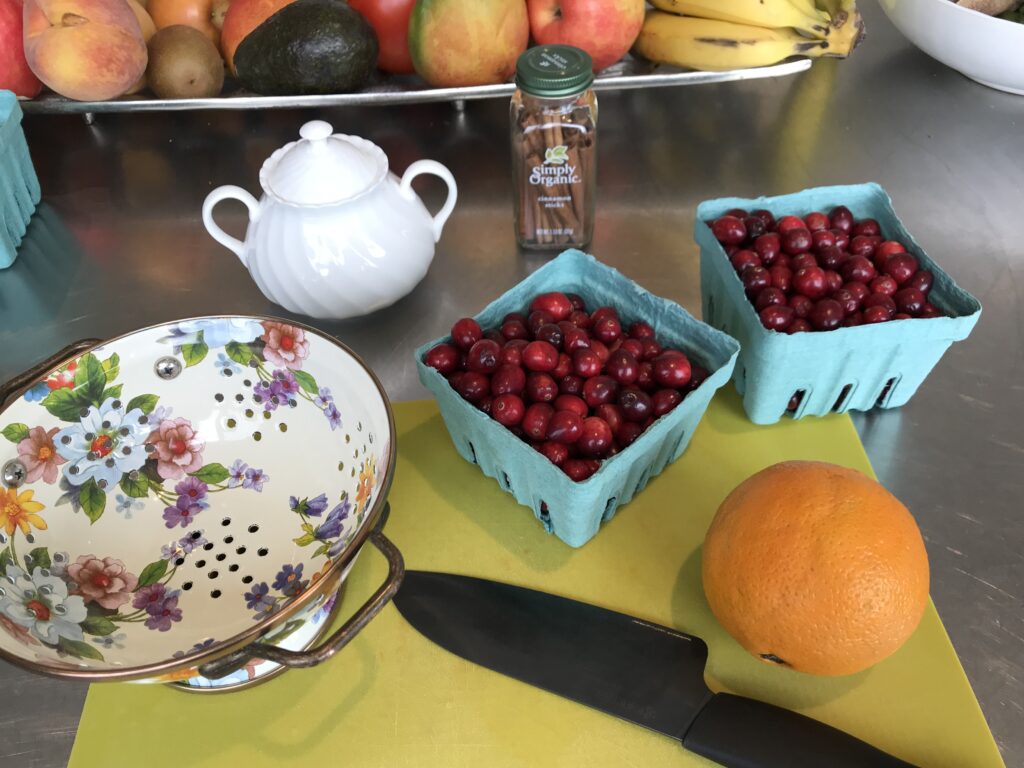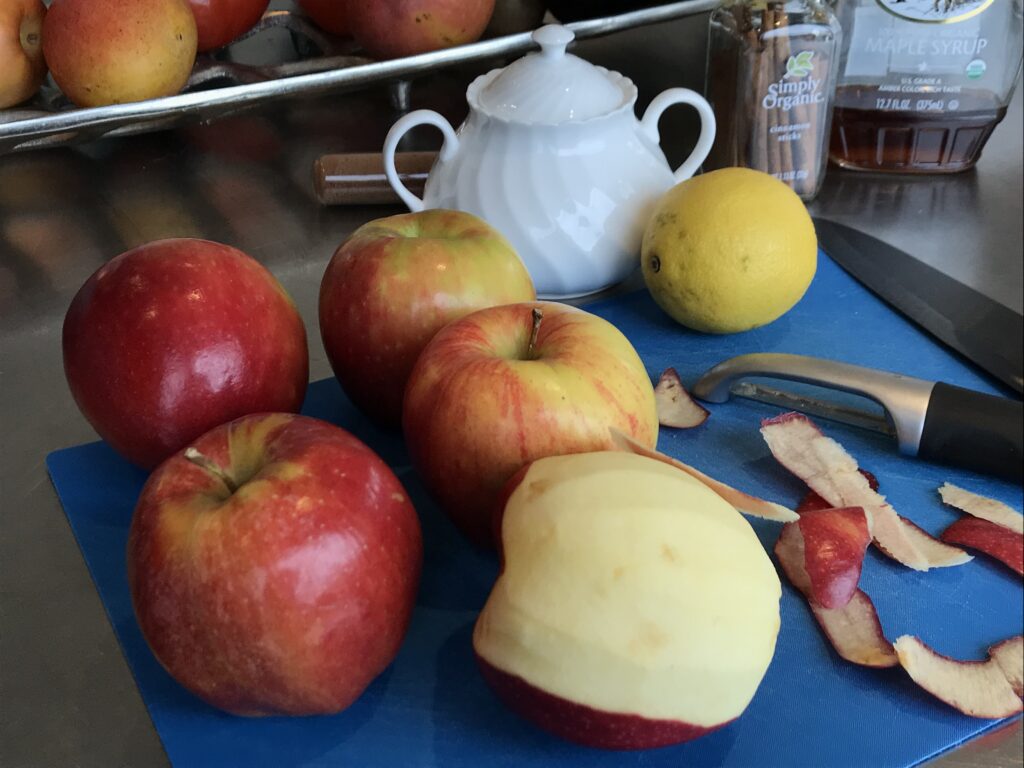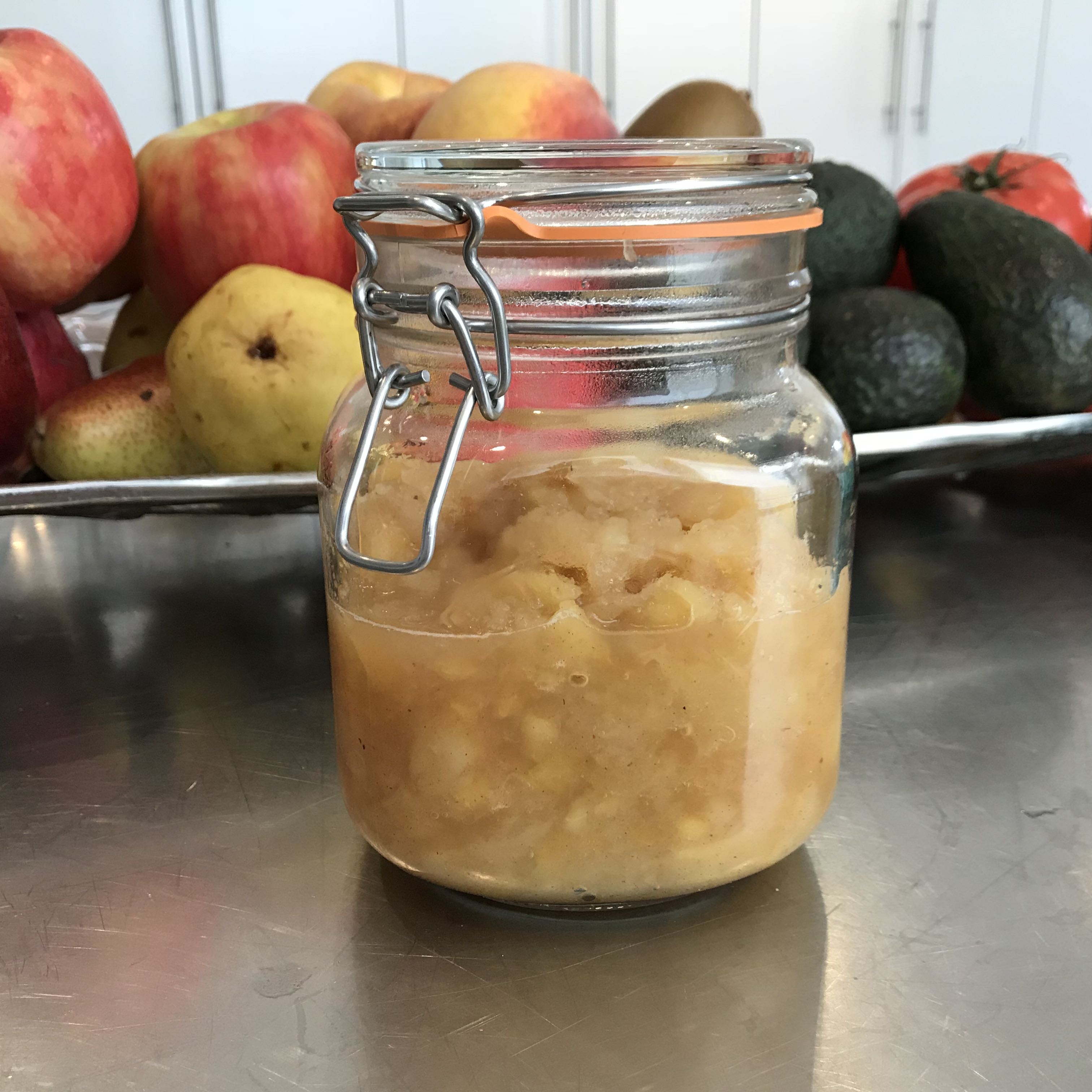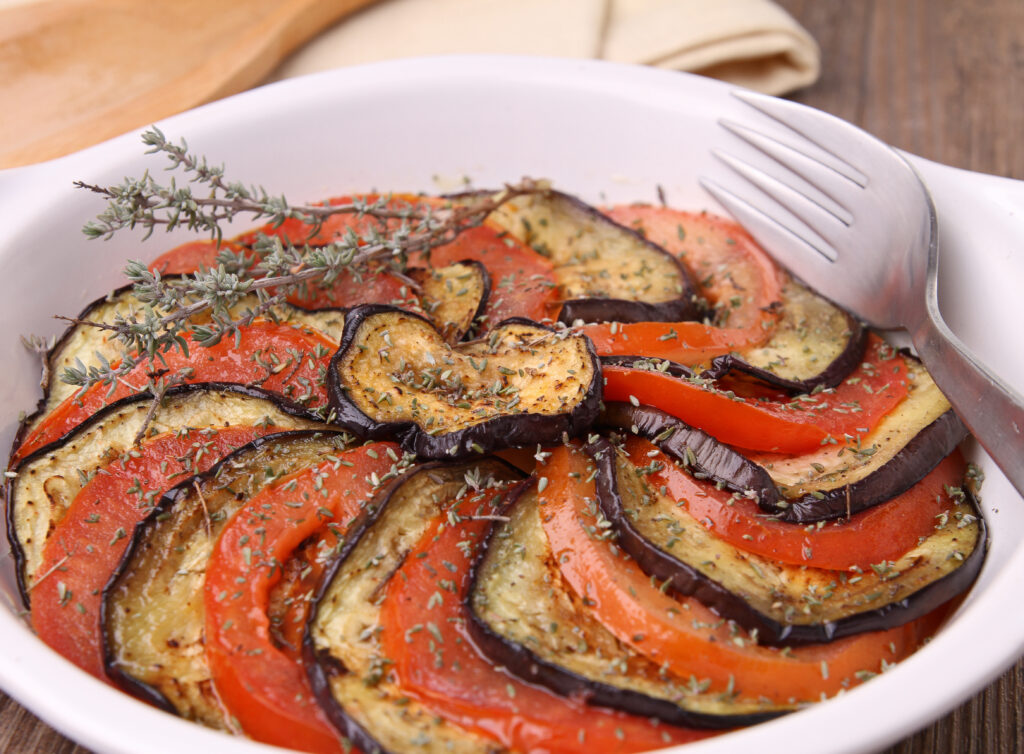Ki-Ra is a retreat center, holistic spa, and family home. A place to escape and nurture your mind, body and spirit with yoga, meditation and deliciously prepared Ayurvedic, organic food. This beautiful 25-acre oceanfront minimalist retreat close to Parque Nacional del Este in the South-East corner of the Dominican Republic is the perfect setting to get back in sync with nature and yourself—reset and recharge.
The best part of any wellness retreat is finding a stress-relieving, detoxifying treatment or technique that can also work at home. Ki-Ra’s “Hip Bath & Aloe Punch” is both relaxing and invigorating. A treatment done at sunrise to wake up and purify the digestive system—a wonderful way to start the day! This can easily be done in your bath at home, or simply begin your day with an aloe punch.
Why Aloe? Aloe vera, a succulent that grows abundantly in tropical climates, has been used for centuries as a medicinal plant. It is believed to have beneficial properties for losing weight, acting as a natural laxative, and improving the digestive system. It is also credited with controlling cholesterol and triglyceride levels.
For medicinal purposes, Ayurvedic practitioner Kyra Montagu recommends drinking one ¼-cup of her aloe punch every day for up to three months and advises women not to consume it while menstruating. It is also recommended that women avoid consuming aloe during pregnancy and when breastfeeding. Kyra says it is best to drink in the morning before breakfast.
When cutting your aloe leaf, be sure to extract the gel only, peeling away all of the green rind and avoiding the yellow sap that lies just beneath the green rind of the leaf, known as aloe latex—which can have adverse health effects.
When harvesting aloe vera gel at home, make only the amount you will consume right away. Natural enzymes and bacteria begin to break down the active ingredients quickly; and as they degrade, their ability to deliver health benefits diminishes.


Yield: Serves 1 (¼ cup)






